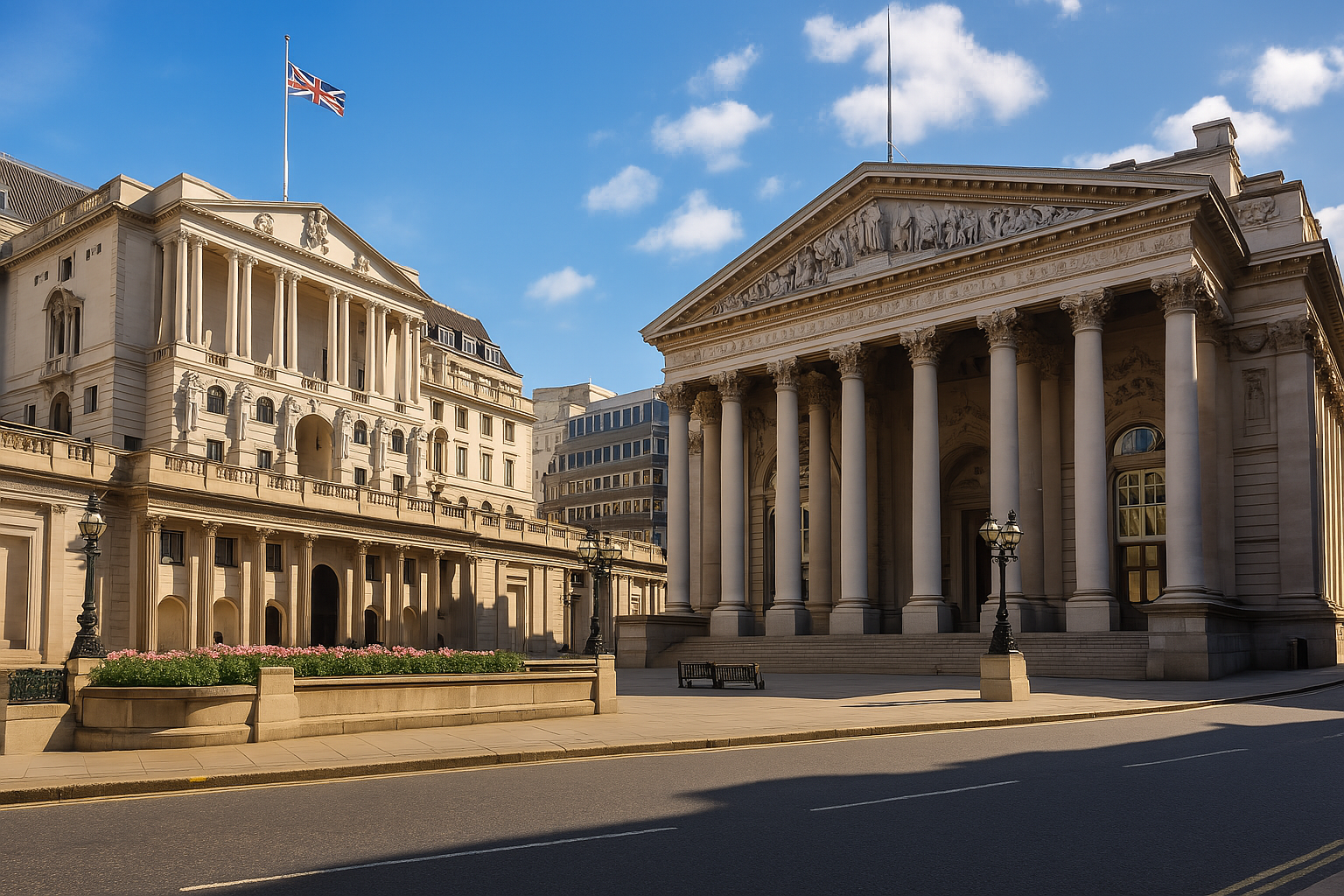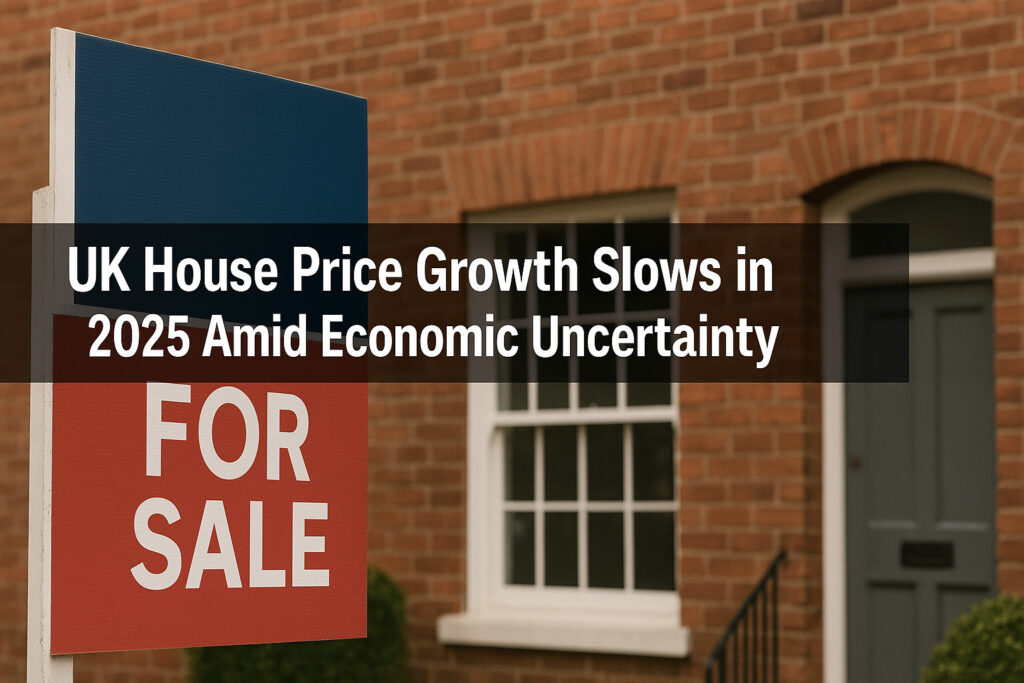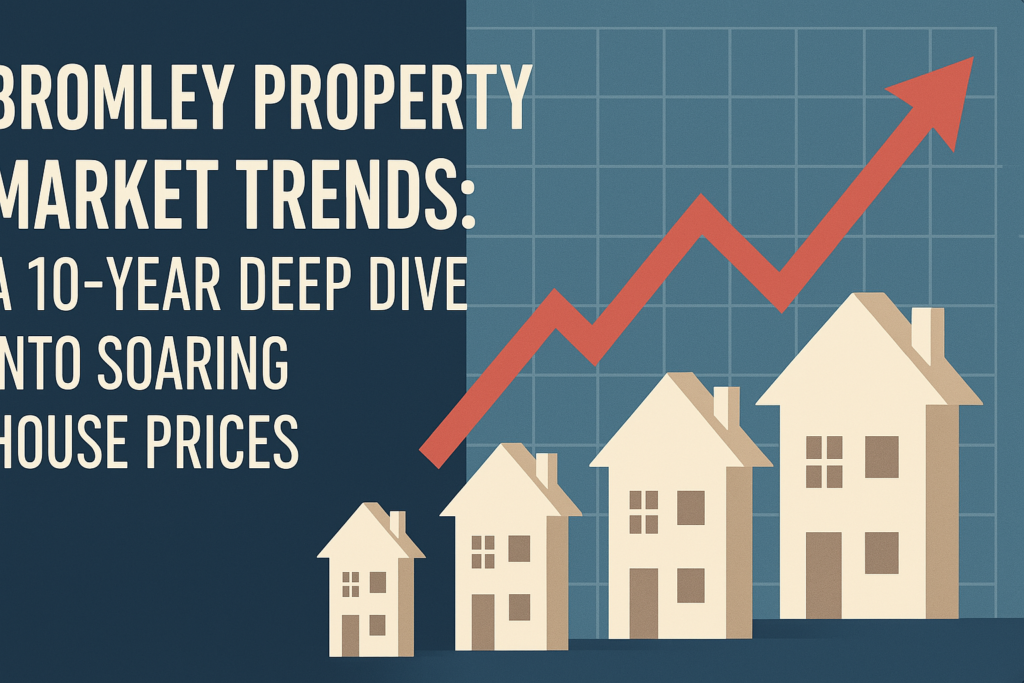The UK housing market is entering a crucial adjustment period as mortgage rates are projected to increase by 100 basis points (bps) in the coming months.
This anticipated hike is driven by persistent inflationary pressures, global monetary tightening, and the Office for Budget Responsibility (OBR) revised fiscal projections.
In real terms, a 100bps rise translates to a 1% increase in interest rates. A typical buyer with a £250,000 mortgage could add over £140 per month to their repayments, significantly impacting affordability across the board.
House Prices to Surge by £40,000: A Surprising Upward Trend
Contrary to fears of a housing crash, the OBR forecasts that UK house prices are set to rise by an average of £40,000 by 2027.
This bullish outlook is underpinned by robust demand, limited housing supply, and an anticipated easing of inflation later in the year, which could restore buyer confidence.
Key Projections:
2024 Average House Price: £286,000
Expected Increase by 2027: £40,000+
Forecasted 2027 Average House Price: £326,000+
This upward trend reflects structural issues in the market, including:
A chronic undersupply of new homes.
Growing demand from first-time buyers and overseas investors.
Limited land availability in high-growth regions like London, Manchester, and Birmingham.
Implications for First-Time Buyers
The rising mortgage rates and soaring property prices present a significant challenge for first-time buyers (FTBs).
With affordability metrics already stretched, the cost of entering the housing market is moving further out of reach for many.
Financial Impact Breakdown for FTBs:
For a £150,000 mortgage:
At a 4% interest rate, the monthly repayment is £792.
At a 5% interest rate, the monthly repayment is £877.
This is an increase of £85 per month.
For a £250,000 mortgage:
At a 4% interest rate, the monthly repayment is £1,320.
At a 5% interest rate, the monthly repayment is £1,463.
This is an increase of £143 per month.
For a £350,000 mortgage:
At a 4% interest rate, the monthly repayment is £1,848.
At a 5% interest rate, the monthly repayment is £2,050.
This is an increase of £202 per month.
Note: Calculations based on a 25-year term repayment mortgage.
To cope with the squeeze, FTBs may turn to:
Longer mortgage terms (up to 40 years)
Shared ownership schemes
Family support or gifted deposits
Buy-to-Let Investors Face Squeezed Margins
Buy-to-let (BTL) investors are also under pressure. With mortgage rates climbing and yields being compressed due to higher purchase prices, many landlords are reassessing the profitability of their portfolios.
Key risks for landlords include:
Increased borrowing costs reduce net returns.
Tighter regulation and EPC upgrades add compliance costs.
Tenant affordability limits prevent rent increases in some areas.
However, some regions still offer attractive gross yields above 6%, particularly in the North West, Yorkshire, and the Midlands.
OBR Outlook: Economic Growth, Inflation, and Fiscal Strategy
The OBR’s latest fiscal report outlines a cautious yet optimistic trajectory for the UK economy, with the following macro indicators playing a pivotal role in shaping the mortgage and housing outlook:
Inflation expected to ease to below 3% by Q3 2025
GDP Growth revised up slightly to 1.2% in 2025
Base Rate is forecast to peak at 5.25% before gradually falling
UK Mortgage Rate and House Price Forecast (2024–2027)
In 2024:
The base rate is 4.25%.
The average mortgage rate is 5%.
The average house price is £286,000.
In 2025:
The base rate rises to 5.25%.
The average mortgage rate increases to 6%.
The average house price grows to £300,000.
In 2026:
The base rate falls slightly to 4.75%.
The average mortgage rate adjusts to 5.5%.
The average house price reaches £314,000.
In 2027:
The base rate drops back to 4.25%.
The average mortgage rate returns to 5%.
The average house price climbs to £326,000.
Strategies for Homebuyers in a High-Rate Environment
Despite the headwinds, opportunities still exist for strategic buyers. Key approaches include:
Locking in Fixed-Rate Deals Early
Many lenders are already adjusting their product offerings in anticipation of higher rates. Securing a long-term fixed-rate mortgage now could provide cost certainty.
Exploring Green Mortgages
Eco-conscious homebuyers can benefit from green mortgage products, which offer preferential rates for energy-efficient homes (EPC A or B ratings).
Government Support Schemes
Keep an eye on updates to:
Lifetime ISA (LISA)
Help to Build Scheme
First Homes Scheme
These initiatives can significantly reduce upfront costs and improve accessibility.
Conclusion: A Complex Landscape Demands Informed Decisions
The UK housing market is entering a phase of divergence—rising mortgage rates are squeezing affordability, yet limited supply and high demand are pushing property values higher.
The OBR’s forecasts paint a mixed picture: a stricter environment for borrowers but continued strength in house prices.
Buyers, investors, and homeowners must adapt to these dynamics by staying informed, reviewing their finances regularly, and seeking professional mortgage advice.
Read our other Blogs:
Stamp Duty for First-Time Buyers in 2025: A Complete Guide
Santander and TSB Mortgage Rate Updates: Must Know in 2025





